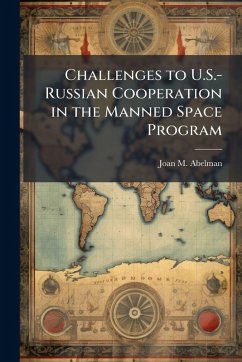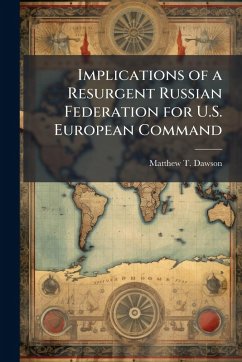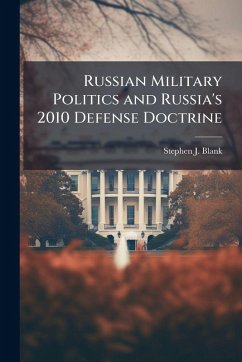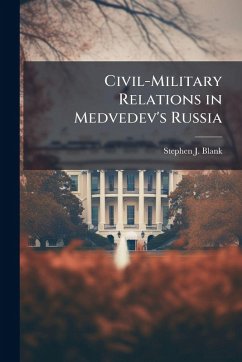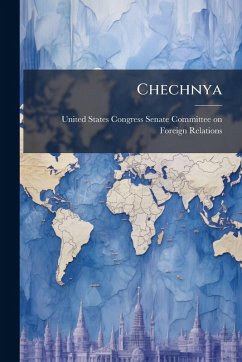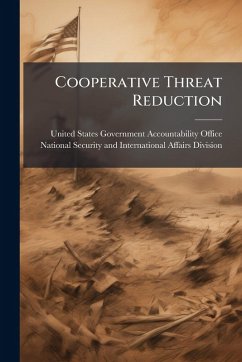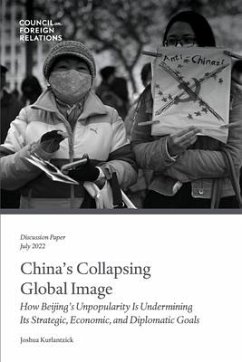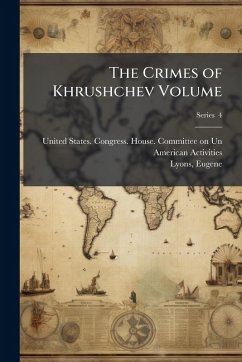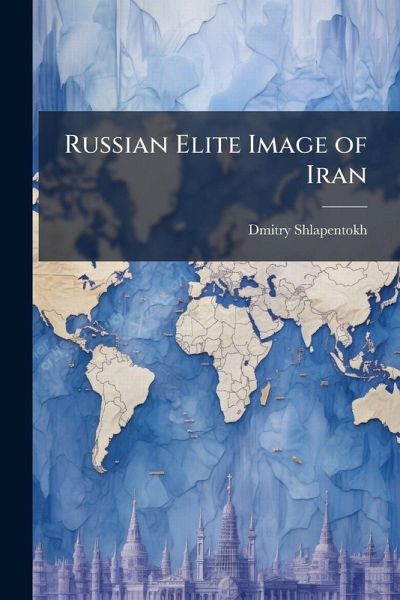
Russian Elite Image of Iran

PAYBACK Punkte
8 °P sammeln!
Since the late Soviet era, the presence of Iran has loomed large in the minds of the Russian elite. Soon after the end of the Union of Soviet Socialist Republics (USSR)-and even before-increasing numbers of Russian intellectuals became disenchanted with the West, especially the United States, and looked for alternative geopolitical alliances. The Muslim world became one of the possible alternatives. Iran became especially important in the geopolitical construction of Eurasianists or neo-Eurasianists who believed that Russia's alliance with Iran is essential for Russia's rise to power. Yet, by ...
Since the late Soviet era, the presence of Iran has loomed large in the minds of the Russian elite. Soon after the end of the Union of Soviet Socialist Republics (USSR)-and even before-increasing numbers of Russian intellectuals became disenchanted with the West, especially the United States, and looked for alternative geopolitical alliances. The Muslim world became one of the possible alternatives. Iran became especially important in the geopolitical construction of Eurasianists or neo-Eurasianists who believed that Russia's alliance with Iran is essential for Russia's rise to power. Yet, by the middle of Russian President Vladimir Putin's tenure, increasing tension with the Muslim community and the rise of Russian nationalism had led to more complicated views of the Russian elite on Iran. At present, the Russian elite does not mind using Iran as a bargaining chip in its dealings with the West, especially the United States, and as a market for Russian weapons and other goods and services. However, the dream of a Russian-Iran axis is apparently abandoned for good. This work has been selected by scholars as being culturally important, and is part of the knowledge base of civilization as we know it. This work was reproduced from the original artifact, and remains as true to the original work as possible. Therefore, you will see the original copyright references, library stamps (as most of these works have been housed in our most important libraries around the world), and other notations in the work. This work is in the public domain in the United States of America, and possibly other nations. Within the United States, you may freely copy and distribute this work, as no entity (individual or corporate) has a copyright on the body of the work. As a reproduction of a historical artifact, this work may contain missing or blurred pages, poor pictures, errant marks, etc. Scholars believe, and we concur, that this work is important enough to be preserved, reproduced, and made generally available to the public. We appreciate your support of the preservation process, and thank you for being an important part of keeping this knowledge alive and relevant.



